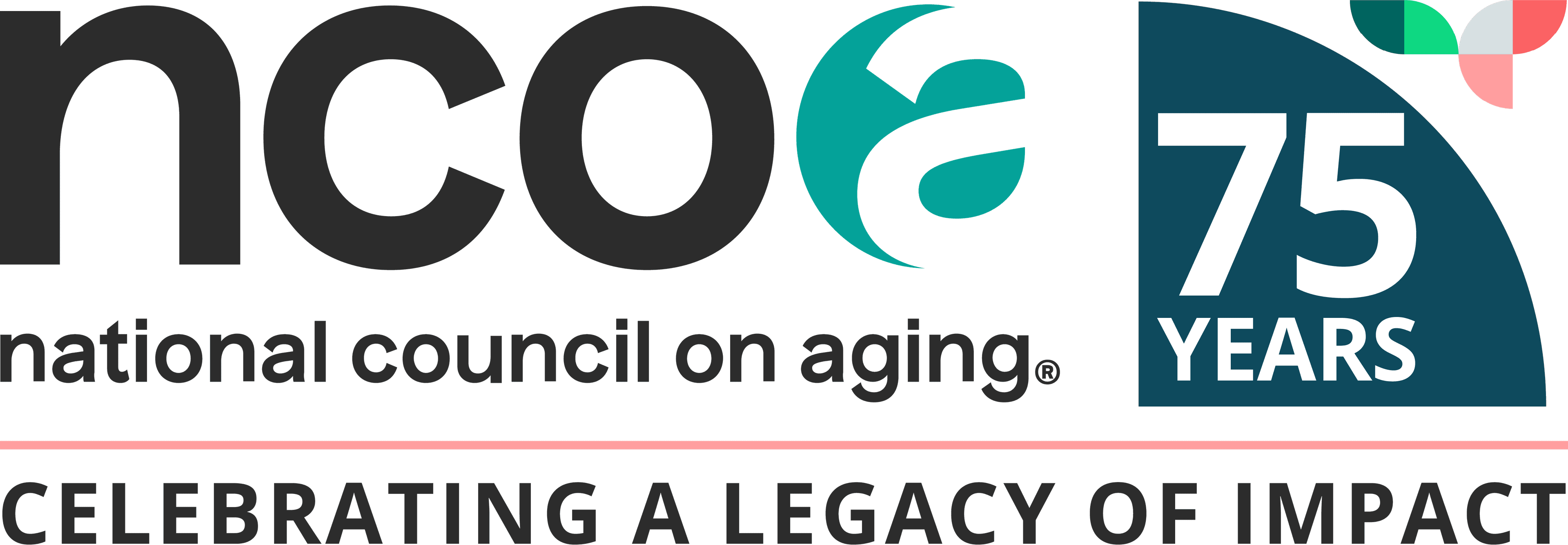
Are you starting to look into Medicare coverage? If so, then you’ve likely bumped into a quite a few common Medicare terms already.
Some of these terms are straightforward and easy to understand. Others can be a bit unclear. Of those, “Qualified Medicare Beneficiary” might top the list.
What does it mean? Who does it apply to? We help clear up the confusion here.
But first, a quick review.
What is Medicare?
Medicare is a health insurance program provided by the federal government. It’s available to people age 65 and over, people on Social Secuirty Disability Insurance (SSDI) for 24 months, as well as younger people with certain disabilities.
In most cases, you become eligible to apply for Medicare beginning three months before your 65th birthday. When it’s time to select your coverage, you can choose between original Medicare or Medicare Advantage.
Original Medicare
Also called “traditional Medicare,” original Medicare covers your doctors’ visits and care you receive in the hospital. The program pays a portion of these expenses and you’re responsible for paying the rest.
Original Medicare includes two parts:
- Medicare Part A (hospital insurance) covers inpatient medical care and procedures. This includes general nursing care; prescription drugs; meals; semi-private rooms; other services and supplies that are part of your treatment; and hospice care.
- Medicare Part B (medical insurance) covers outpatient visits to your doctor. This includes preventive care; blood work; diagnostic tests; mental health care; some medical equipment like wheelchairs; ambulance transport; and other services.
Most people do not pay premiums for Part A. Part B costs $185 per month (or more for people with high incomes). Learn more about the premiums, deductibles, co-pays, and other out-of-pocket costs for original Medicare.
Medicare Advantage
Medicare Advantage (Medicare Part C) provides all the same benefits as original Medicare. You’re eligible for Medicare Advantage if you’re enrolled in original Medicare Part A AND Part B (you must have both) The key difference? Private health insurance companies—not the federal government—offer and administer Medicare Advantage plans.
Medicare Advantage plans sometimes include prescription drug benefits and often bundle additional perks, such as vision and dental care, into their coverage. The costs of these plans can vary widely, however. And the rules for using benefits can be strict. When weighing original Medicare against Medicare Advantage, think about factors like coverage, cost, convenience, and choice.
Medicare Part D
Medicare Part D is a standalone policy, also offered by private insurance companies, that covers prescription drugs. You’re eligible for Part D if you’re enrolled in original Medicare Part A or Part B (you don’t need to have both). You can receive Part D through one of these standalone plansor a Medicare Advantage plan with drug coverage.
You don’t have to sign up for Part D. However, if you decide not to—and change your mind later—you may have to pay a late enrollment fee. This depends on whether you have/had “creditable prescription coverage” from another plan.
What is a Medicare beneficiary?
Simply put, “Medicare beneficiary” means “someone with Medicare insurance.”
Am I a Medicare beneficiary?
If you’re eligible for and enrolled in original Medicare or a Medicare Advantage plan, then yes: you are a Medicare beneficiary.
Medicare coverage isn’t mandatory, however. Some people who are eligible for it based on age may choose to delay enrollment if they have creditable health insurance through their (or a spouse’s) employer. You are only considered a Medicare beneficiary once you sign up for and start using your Medicare benefits.
Am I eligible to enroll in Medicare?
In order to qualify for Medicare, you first must meet one of the following conditions:
- You are age 65 or over. U.S. citizens and permanent legal residents who have lived in the country for at least five years—as well as certain government employees and Social Security or Railroad Retirement recipients—are eligible for full Medicare benefits
- You are under age 65 with Social Security Disability. If you are under 65 and have been receiving Social Security Disability Insurance (SSDI) benefits for at least 24 months, you are automatically enrolled in Medicare. Coverage begins in the 25th month of receiving disability benefits.
- You are under age 65 with certain disabilities. People who have amyotrophic lateral sclerosis (AML, or Lou Gehrig’s disease) qualify for Medicare coverage—as do those with permanent kidney damage or who already collect specific Social Security or Railroad disability benefits.
For some people, Medicare enrollment is automatic. More commonly, you will need to apply for it. Your individual situation helps determine when to apply for Medicare.
I meet one of the requirements above. Does this mean I’m a Qualified Medicare Beneficiary?
No. It’s easy to confuse the two terms—but there’s a very important distinction between “Medicare beneficiary” and “Qualified Medicare Beneficiary.” The first describes a person: anyone who’s covered by Medicare. The second describes a program: one that provides income-based financial assistance to help pay the various costs of Medicare Part A and Part B.
Let’s take a look.
What is the Qualified Medicare Beneficiary (QMB) program?
A QMB is one of four Medicare Savings Programs that help make Medicare more affordable for people with limited means. Despite their name, Qualified Medicare Beneficiary programs are offered by and administered through state Medicaid agencies.
(Medicaid is a public health insurance program, jointly funded by the federal government and individual states, that covers people with low income and limited resources).
People who are eligible for a QMB don’t have to pay for Medicare Part A and Part B premiums, deductibles, or coinsurance. This can add up to thousands of dollars in savings each year.
Am I eligible for the Qualified Medicare Beneficiary program?
To start, you must be enrolled in Medicare Part A in order to qualify for financial assistance through a QMB. After that, you’ll need to satisfy specific income and asset limits based on the Federal Poverty Guidelines. These guidelines change each year. And your state can set additional eligibility rules, too.
You can find more details on the Qualified Medicare Beneficiary program and how to apply in this article.
The bottom line
For the thousands of Americans who reach age 65 each year, the opportunity to sign up for Medicare represents an exciting milestone: access to health insurance that isn’t tied to employment. Whether covered by original Medicare (Parts A and B) through the federal government—or by a privately administered Medicare Advantage plan or standalone Prescription Drug plan—being a Medicare beneficiary offers some peace of mind amid rising health care costs. That’s because Medicare operates on a fee-for-service basis—meaning that all providers and hospitals that accept it have agreed to charge the same pre-negotiated rates for the same care.
Still, Medicare isn’t free. For enrollees with limited income and assets, out-of-pocket costs including premiums, deductibles, co-insurance, and copays can be prohibitive. That’s where Qualified Medicare Beneficiary (QMB) programs come in. People who are eligible for and enrolled in a QMB don’t get billed for any Medicare-covered services they receive at approved hospital or from approved providers. This can add up to thousands of dollars in savings each year.
It's easy to confuse the terms “Medicare beneficiary” (general) and “Qualified Medicare Beneficiary” (specific). But it’s important to know the difference. The first describes a person: someone who is covered by original Medicare, Part D, or Medicare Advantage. The second describes a program: one that provides income-based financial assistance to help pay Medicare’s various costs.
Do you have questions about other Medicare language? Because it’s steeped in policy, it can be challenging to decipher. Our glossary of common Medicare terms has you covered.



